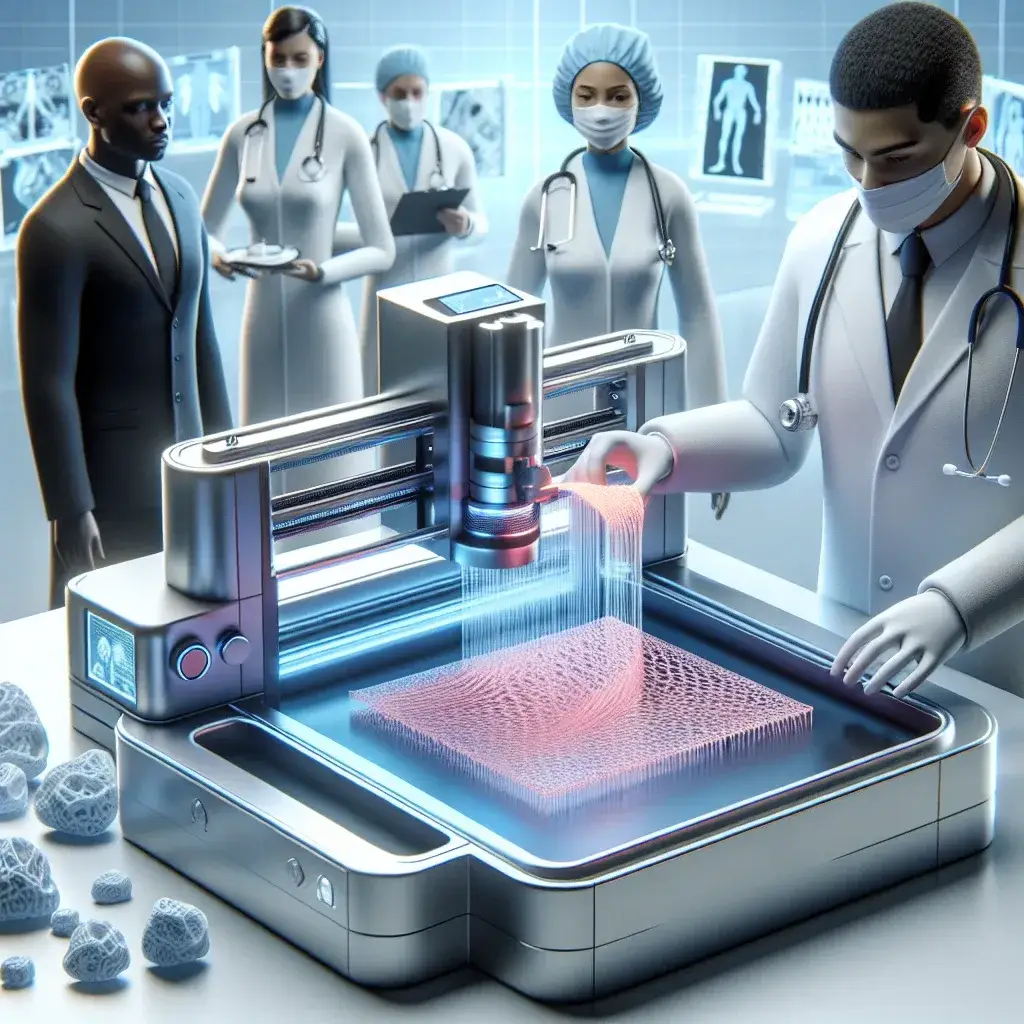Introduction
Bioprinting technology has emerged as a groundbreaking innovation in the field of regenerative medicine, providing a new avenue for surgical repair through the creation of patient-specific tissues. This revolutionary process not only tailors the tissue to the unique biological characteristics of individual patients but also significantly enhances the effectiveness and efficiency of surgical procedures.
A Historical Perspective on Bioprinting
The concept of bioprinting dates back to the early 2000s, when researchers began exploring the possibilities of 3D printing for medical applications. The initial experiments focused on using bio-ink—composed of living cells and biomaterials—to create rudimentary tissue structures. Over the years, advancements in printing technologies, materials science, and bioengineering have led to more sophisticated bioprinting methods capable of producing complex tissue structures.
Evolution of Bioprinting Techniques
- inkjet Bioprinting: This method uses a printer-like mechanism to deposit bio-ink layer by layer, allowing for high-resolution tissue structures.
- Extrusion Bioprinting: This technique extrudes bio-ink through a nozzle, enabling the creation of larger tissue constructs.
- Laser-Assisted Bioprinting: This advanced method utilizes lasers to precisely position cells, offering high spatial resolution.
How Bioprinting Works
The bioprinting process involves several crucial steps:
- Design: A digital model of the desired tissue is created using computer-aided design (CAD) software, ensuring precision in structure and functionality.
- Preparation of Bio-ink: Bio-ink is formulated using a combination of living cells, growth factors, and biomaterials that support cell growth and differentiation.
- Printing: The bio-ink is deposited layer by layer to create the tissue structure, guided by the digital model.
- Maturation: The printed tissue is incubated in a bioreactor, where it undergoes cellular maturation, ensuring it develops the necessary characteristics for implantation.
- Implantation: Once matured, the tissue can be implanted into the patient, where it integrates with the host’s biological systems.
Patient-Specific Tissues: The Key to Personalized Medicine
One of the most significant advantages of bioprinting technology is its ability to create patient-specific tissues. This customization is essential for surgical repair, as it allows for:
- Better Compatibility: Tissues that match the patient’s cellular and genetic makeup reduce the risk of rejection.
- Improved Recovery Times: Customized tissues promote faster healing and recovery.
- Enhanced Functional Outcomes: Patient-specific tissues can restore functionality more effectively than generic alternatives.
Applications in Surgical Repair
Bioprinting technology has found numerous applications in surgical repair:
- Bone Repair: Bioprinted scaffolds can support bone regeneration, facilitating recovery from fractures and defects.
- Cartilage Reconstruction: Custom cartilage implants can replace damaged tissue, improving joint function.
- Skin Grafting: Bioprinted skin tissue can be used for reconstructive surgery or treatment of burn victims.
- Vascular Structures: Creating blood vessels using bioprinting helps in organ transplantation and repair.
The Future of Bioprinting Technology
The future of bioprinting technology looks promising, with ongoing research and development aimed at overcoming existing limitations. Some anticipated advancements include:
- Complex Tissue Structures: Future bioprinting techniques may enable the creation of multi-layered tissues that mimic the complexity of natural organs.
- On-Demand Printing: The ability to print tissues on demand could revolutionize surgical procedures, allowing for immediate customization during operations.
- Integration of Smart Biomaterials: The incorporation of smart materials that respond to physiological signals could enhance the functionality of bioprinted tissues.
Challenges and Ethical Considerations
While the potential of bioprinting is vast, several challenges must be addressed:
- Regulatory Hurdles: The approval process for bioprinted tissues and organs is complex and time-consuming.
- Cost: The high cost of bioprinting technologies may limit accessibility for some patients.
- Ethical Concerns: The use of human cells in bioprinting raises ethical questions about sourcing and consent.
Conclusion
Bioprinting technology is poised to transform the landscape of surgical repair, offering patient-specific solutions that enhance recovery and improve quality of life. As research progresses, the barriers to widespread adoption will likely diminish, paving the way for a new era of personalized medicine.
About the Author
This article was crafted by an expert in the field of regenerative medicine, committed to advancing the understanding of bioprinting technology and its implications for future healthcare innovations.

